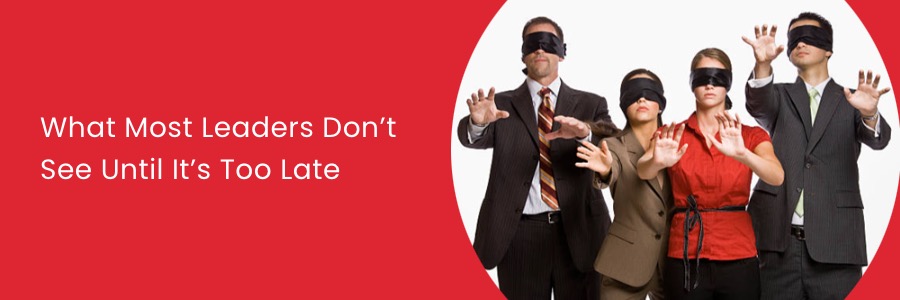What happens when leaders lead from reaction rather than intention?
When behavioural blind spots – unchecked emotions, blame, judgment and lack of diplomacy – dictate decisions instead of strategy, vision and purpose?
The February 28, 2025, Oval Office meeting between U.S. President Trump, Vice President Vance, and Ukrainian President Zelensky is a perfect case study in leadership behaviours. Instead of building trust, fostering engagement and collaboration, it spiraled into confrontation, eroded trust, and projected instability on a global scale.
Let’s break it down through the lens of the Shiftcode Model – The Four Quadrants of common Leadership Behaviours mapped by nautical symbols:
The Anchor – Stagnation & Resistance to Change
‘This is how we’ve always done it.’
Both sides remained entrenched in their own narratives, unwilling to adapt, adjust, or explore new perspectives. The refusal to pivot led to an impasse. Leaders stuck in The Anchor prevent forward progression, leaving relationships – and solutions – dead in the water.
The Storm – Reactivity & Emotional Hijacking
‘I think we’ve seen enough. This is going to be great television.’
‘Who’s responsible for this mess?!’
This meeting was dominated by defensive, reactive leadership. Trump abruptly shut down discussions, Vance cast blame, and Zelensky matched the hostility by reacting. One would say, it’s natural for him to react… he comes from a war-torn country and he’s defending his position. But when leaders lose emotional control, when they react, they face retaliation, they break trust, erode credibility, and create resistance – which then leads to an undesired outcome.
The Sail – Adaptability & Strategic Influence (What could have been?)
A leader operating from The Sail would have:
- Paused to listen before reacting.
- Reframed conflict as an opportunity for problem-solving.
- Led with curiosity, not combativeness.
Had anyone in that room adjusted their sails instead of fighting the storm, a collaborative solution might have been possible.
The Lighthouse – Vision & Purpose (What great leadership looks like.)
A leader in The Lighthouse doesn’t just react to what’s happening – they align discussions toward long-term vision.
- They keep the conversation focused on purpose and strategy.
- They communicate with clarity, not chaos.
- They build bridges instead of burning them.
A Lighthouse leader would have redirected the meeting from hostility to collaboration, would have skilfully navigated the meeting to influence a productive outcome, ensuring mutual respect, alignment, and a path forward.
The Takeaway:
The Shiftcode Model teaches us that leadership isn’t about control, reaction, or dominance – it’s about influence, adaptability, and trust.
If leaders in your organisation are caught in The Anchor or The Storm, it’s time for a shift. A shift to behaviours that build rather than break. Because leadership behaviours don’t just impact meetings – they impact culture, results, and this case global outcomes.
Which quadrant are you leading from today?



